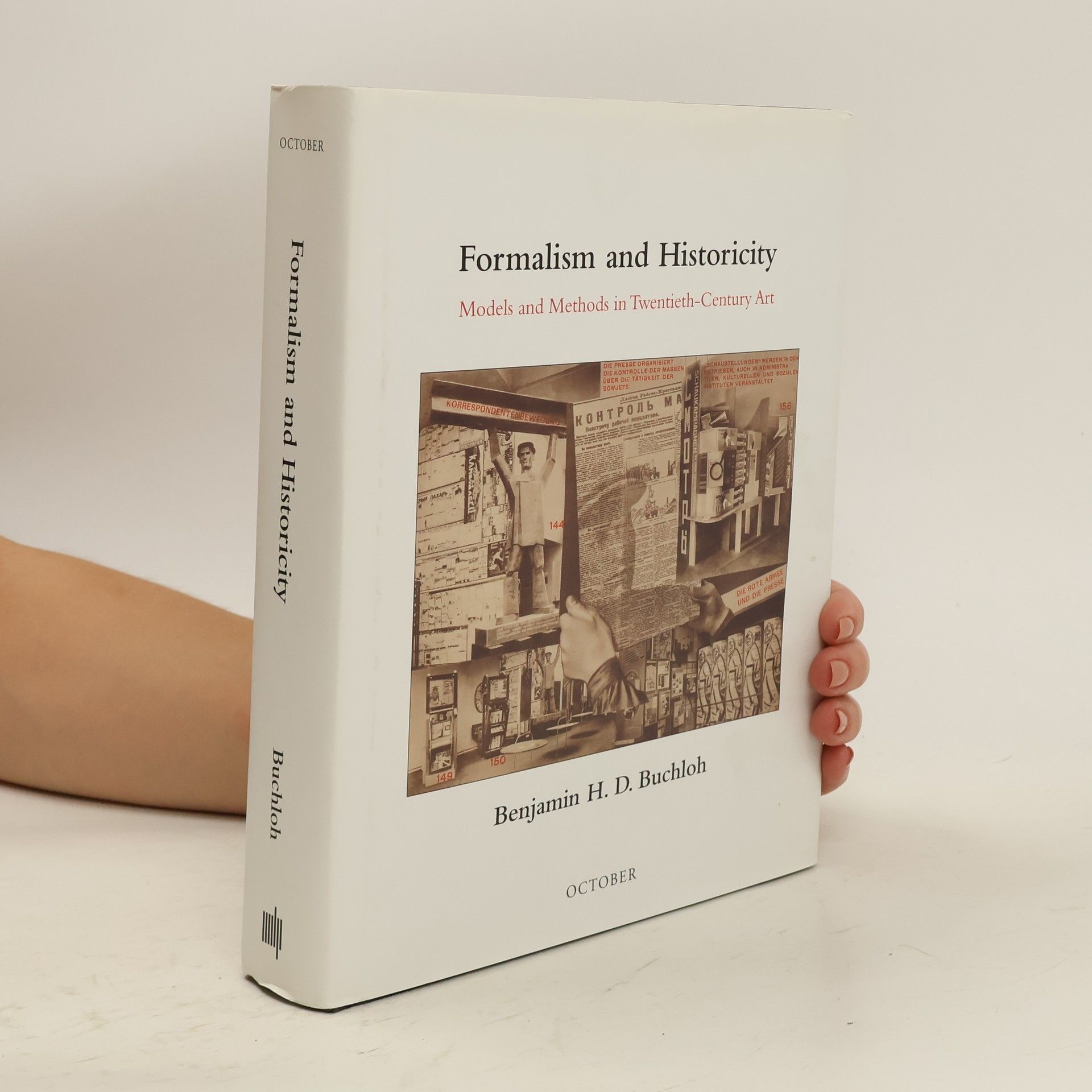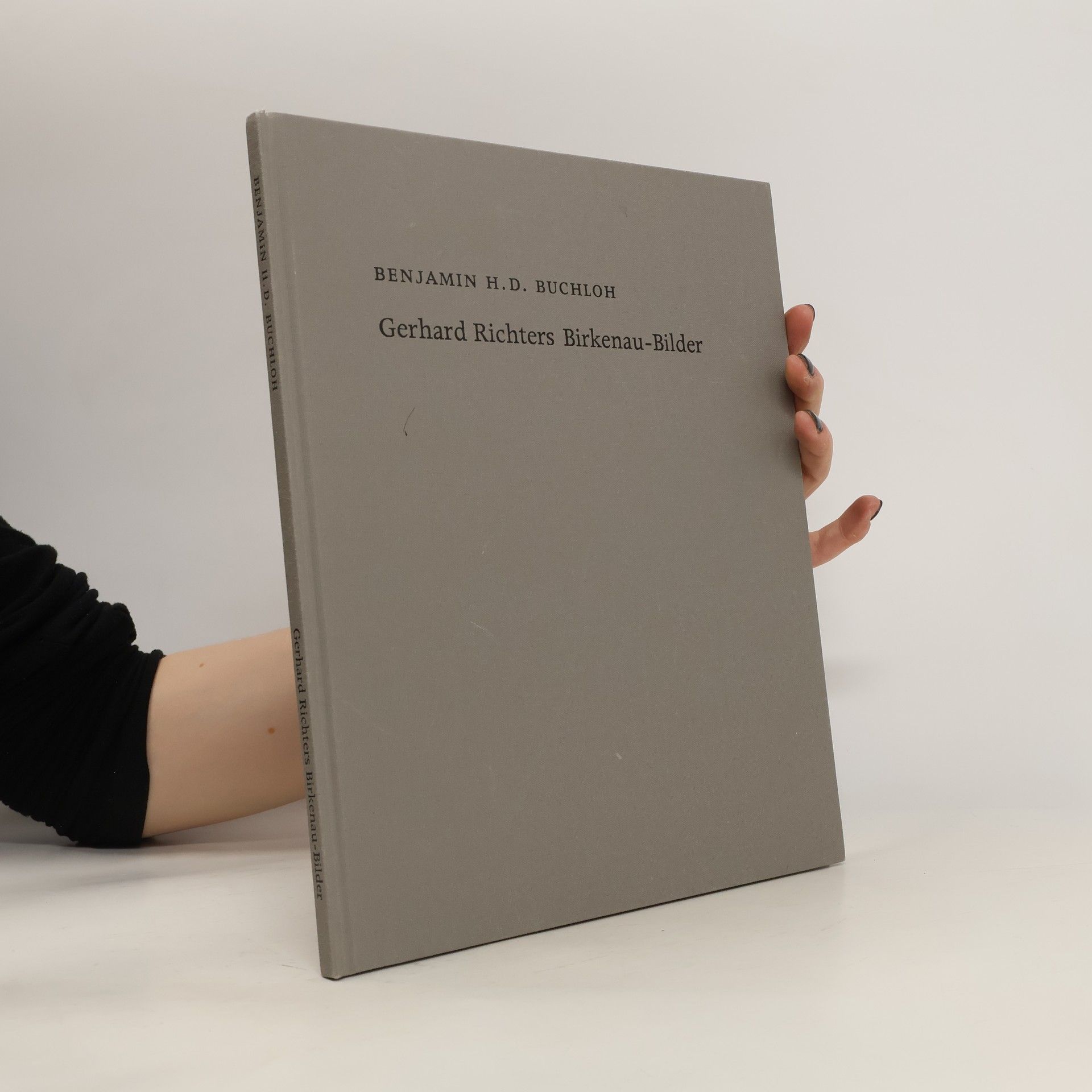Andy Warhol, shadows and other signs of life
- 118pages
- 5 heures de lecture
In 2008, Andy Warhol would have turned 80. Countless exhibitions have addressed the many facettes of the work of one of the 20th century most genious and influential artists. For the present exhibition, Chantal Crousel has chosen a specific selection of works, that emphasize the constant presence of the SHADOW, an essential element in the work of Andy Warhol. The shadow that extends the document (subject) into its fiction - that projects the defined into its con-sequence: the infinite. From the start of the artist's process, the shadow is an inseparable actor/factor: the b/w photographs shot in the studio by the artist in search of his model. These still-lives, portraits, will eventually develop into the complex drawings, prints and paintings we know.







